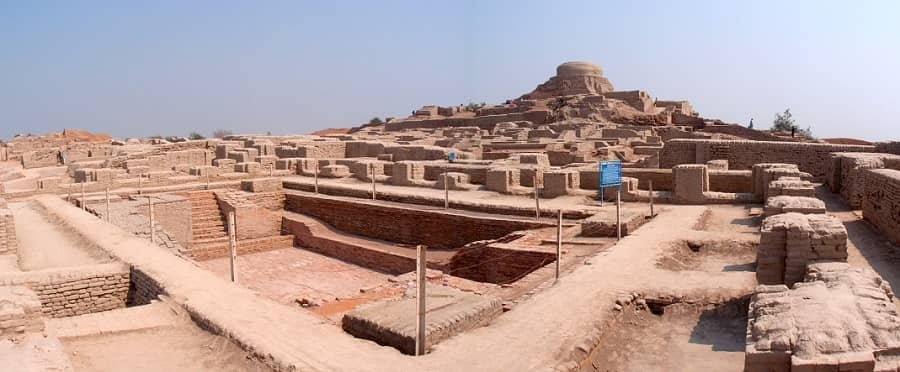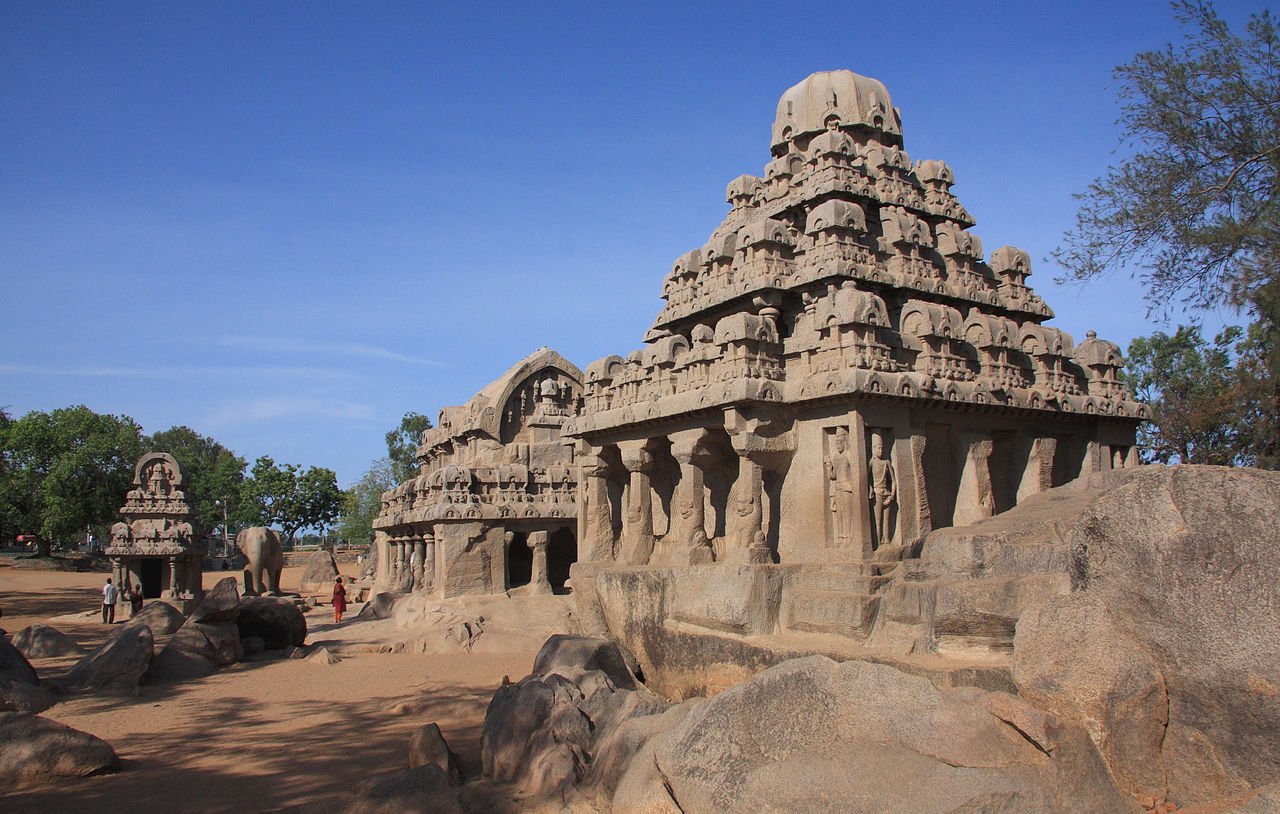Ancient India History and Periods of Indian History
India has a rich cultural heritage that dates back thousands of years. Ancient India, in particular, was a period of great cultural, social, and economic development. The history of ancient India can be divided into several periods, including the Indus Valley Civilization, the Vedic period, Mauryan Empire, and Gupta Empire. In this article, we will provide a comprehensive overview of ancient India’s history.
Indus Valley Civilization
The Indus Valley Civilization was one of the world’s earliest civilizations, dating back to the Bronze Age. The civilization flourished around the Indus River basin and was characterized by well-planned cities, a system of writing, and advanced agricultural practices. The cities of Harappa and Mohenjo-Daro are the most well-known sites of the Indus Valley Civilization.
Vedic Period
The Vedic period refers to the period in ancient India when the Vedas, the oldest sacred texts of Hinduism, were composed. The period also saw the rise of the caste system, which divided society into four main categories: Brahmins (priests), Kshatriyas (warriors), Vaishyas (merchants), and Shudras (laborers).
Mauryan Empire
The Mauryan Empire was one of the largest and most powerful empires of ancient India. It was founded by Chandragupta Maurya in 321 BCE and lasted until 185 BCE. The empire was known for its administrative efficiency, strong military, and economic prosperity. The famous Mauryan emperor Ashoka the Great is known for his policies of nonviolence and religious tolerance.
Gupta Empire
The Gupta Empire was another powerful empire of ancient India that lasted from 320 to 550 CE. It was known for its significant achievements in the fields of science, mathematics, and literature. The period also saw the emergence of classical Hinduism and the rise of the Gupta dynasty’s power.

Why this News is Important
Studying ancient India’s history is crucial for students preparing for government exams, especially those applying for positions in the civil service, banking, and teaching sectors. Knowledge of ancient India’s history is also essential for those pursuing careers in archaeology, anthropology, and history.
- Understanding Ancient India’s history is crucial for students preparing for government exams as it covers various aspects of India’s past.
- It is important for students to have a good grasp of Ancient India’s history as it is one of the most asked topics in government exams. Questions related to Ancient India’s history are often asked in exams for various positions, including teachers, police officers, banking, railways, defense, and civil service positions like PSCS to IAS.
- Apart from being a topic of relevance for exams, Ancient India’s history is also important for students to understand the roots of India’s culture, traditions, and social norms. It helps them to have a better understanding of the country’s past and how it has influenced the present.
- Knowing about Ancient India’s history is also essential for individuals who are interested in pursuing a career in the field of archaeology, history or other related fields.
- In addition to its relevance to modern India, Ancient India’s history has also contributed significantly to the world’s history, particularly in fields like mathematics, astronomy, and medicine. Therefore, it is important for students to have a good understanding of this topic.
Historical Context
The history of ancient India is a vast and complex subject, with many different periods and civilizations to study. Ancient India’s history is characterized by the development of several different religions, including Hinduism, Buddhism, and Jainism. The period also saw the rise of powerful empires and the development of advanced technology and science.
Key Takeaways from “Ancient India History: A Comprehensive Overview”
| Serial Number | Key Takeaway |
|---|---|
| 1. | The Indus Valley Civilization was one of the world’s earliest civilizations, dating back to the Bronze Age. |
| 2. | The Vedic period saw the rise of the caste system, which divided society into four main categories: Brahmins (priests), Kshatriyas (warriors), Vaishyas (merchants), and Shudras (laborers). |
| 3. | The Mauryan Empire was known for its administrative efficiency, strong military, and economic prosperity. |
| 4. | The Gupta Empire was known for its significant achievements in the fields of science, mathematics, and literature. |
| 5. | Studying ancient India’s history is essential for students preparing for government exams and those pursuing careers in archaeology, anthropology, and history. |
Conclusion
In conclusion, Ancient India’s history is a crucial topic that students preparing for government exams should have a good understanding of. It is important not only for its relevance to modern India but also for its contribution to the world’s history. Understanding this topic can help students to perform better in exams and also give them a better understanding of India’s rich past.
Important FAQs for Students from this News
Q: Why is Ancient India’s history important for government exams?
A: Ancient India’s history is one of the most asked topics in government exams, and questions related to this topic are often asked in exams for various positions, including teachers, police officers, banking, railways, defense, and civil service positions like PSCS to IAS.
Q: What are some of the important fields in which Ancient India’s history has contributed significantly to the world’s history?
A: Ancient India’s history has contributed significantly to fields like mathematics, astronomy, and medicine.
Q: Is understanding Ancient India’s history relevant only for individuals who are interested in pursuing a career in the field of archaeology or history?
A: No, understanding Ancient India’s history is relevant for anyone who wants to have a better understanding of India’s past and its influence on the present.
Some Important Current Affairs Links


















 Exciting News!
Exciting News!  Join Our Telegram Channel Now!
Join Our Telegram Channel Now!
 Join our Telegram channel for a thrilling adventure into the world of daily current affairs.
Join our Telegram channel for a thrilling adventure into the world of daily current affairs. 
 Don’t miss out on the latest updates and insights! Click to join now and be part of the knowledge revolution!
Don’t miss out on the latest updates and insights! Click to join now and be part of the knowledge revolution! 
